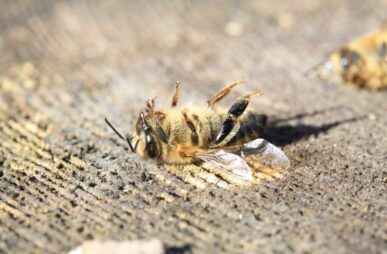EPA move to allow new pesticide use on food crops worries health advocates
Federal regulators are poised to allow US farmers to start applying a pesticide currently restricted to non-food uses on fields producing an array of food crops in a move that scientists and advocates say could threaten human and ecological health.









